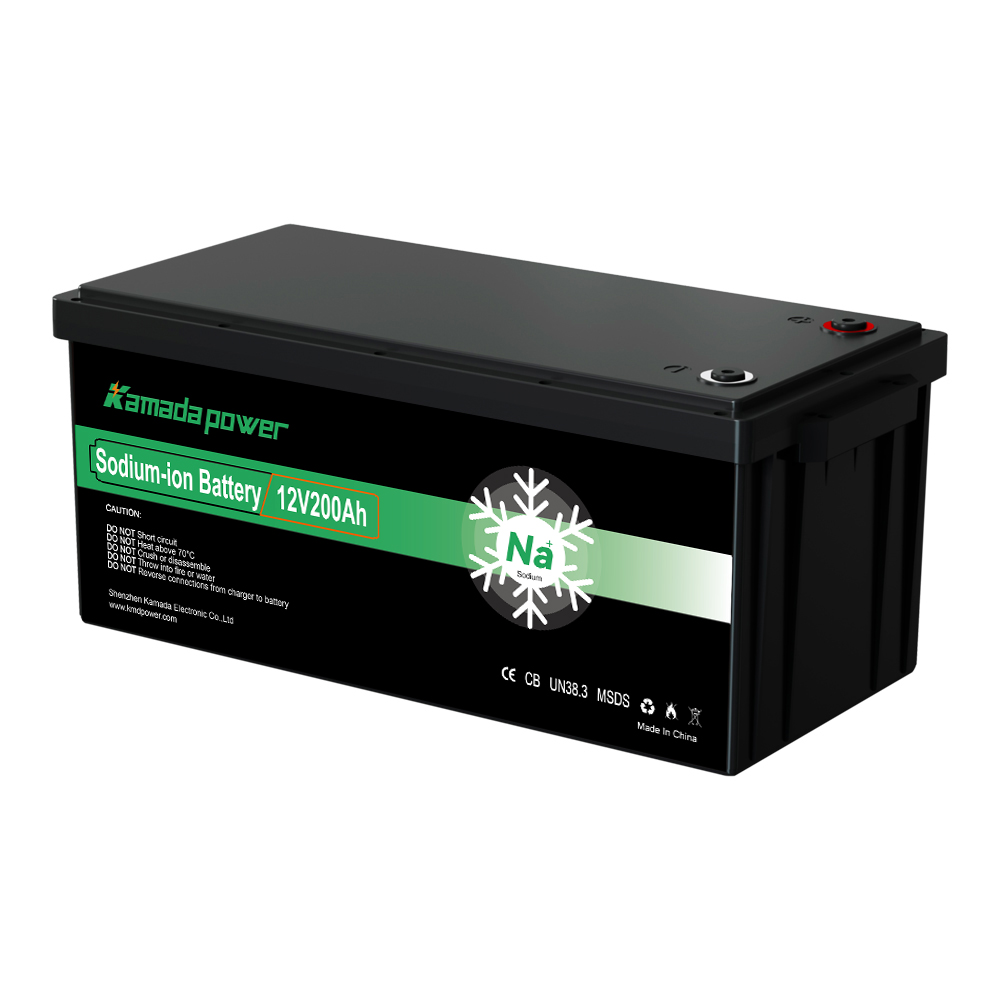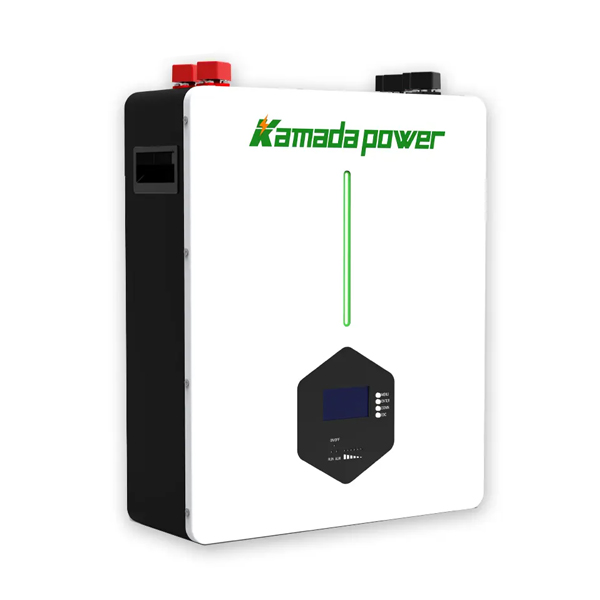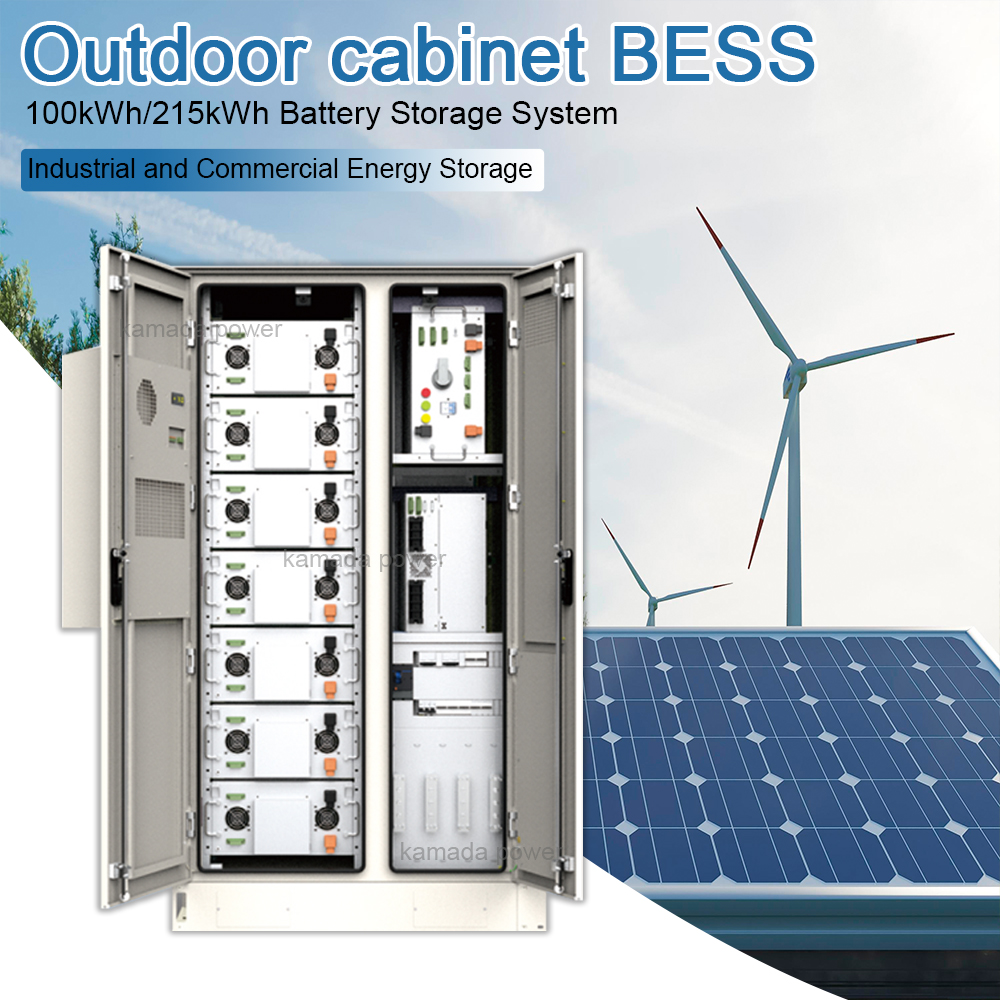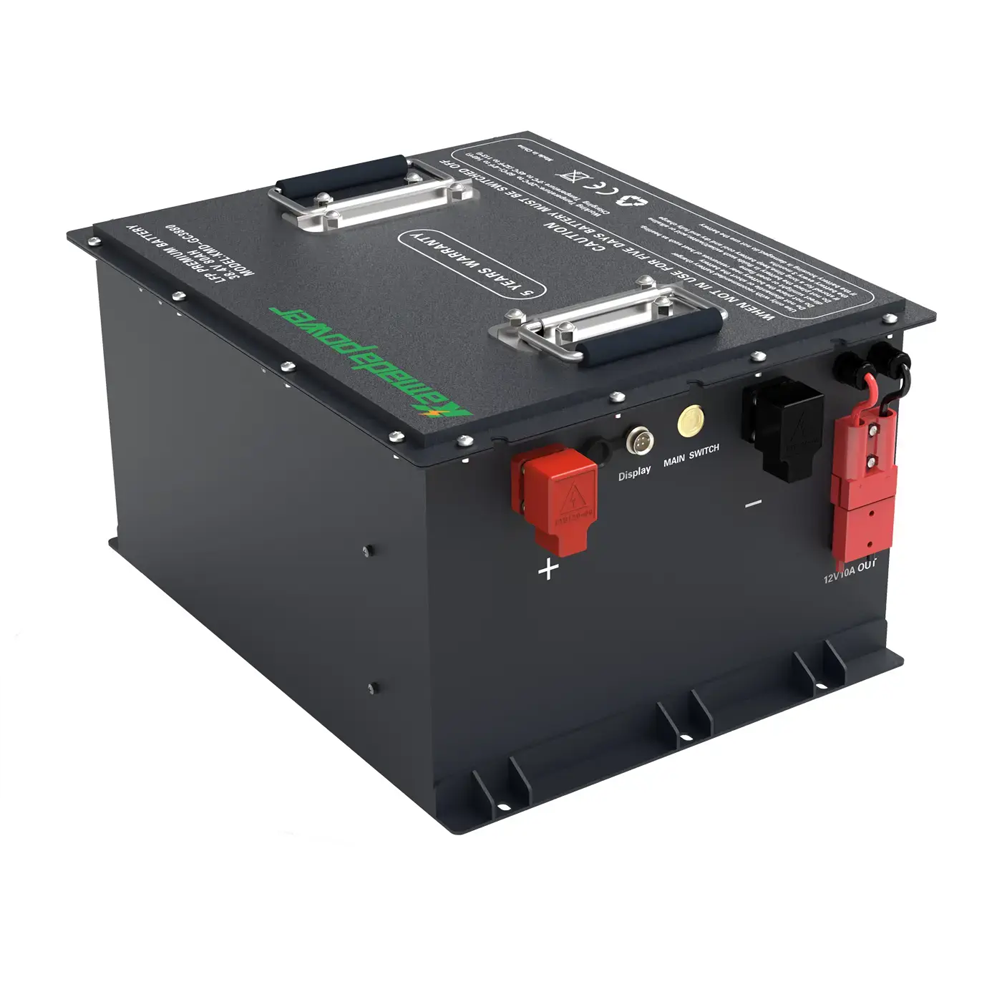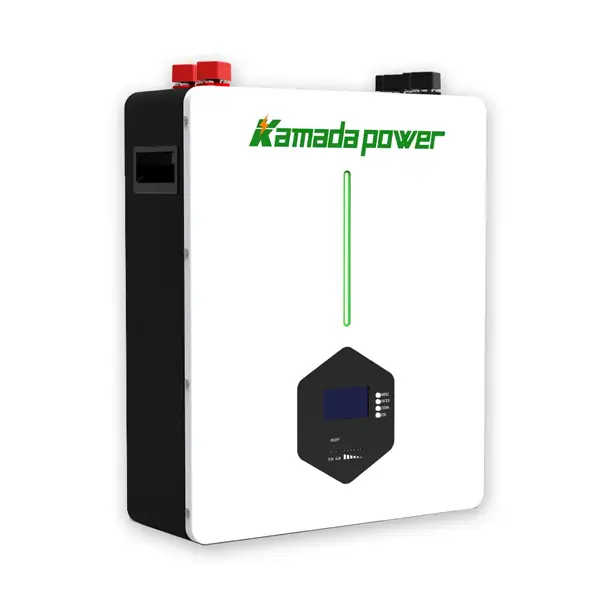How Long Will a 100kWh Battery Last? Thinking about getting a big battery for your business? Maybe something like a 100 kilowatt-hour (kWh) size? That’s a fantastic idea! More and more businesses are adding batteries. Why? To save money on electric bills, keep the lights on when the power goes out, or use more clean energy from their solar panels.
But when you look at a 100kWh battery, one of the first questions you probably have is: “Okay, great, but how long can this thing really run my building or my important machines?”
It’s a super important question! And honestly, the answer isn’t just one simple number. It’s not like saying a car can drive for exactly 300 miles on a full tank. Why is it different? Because how long a battery lasts depends a lot on how you use the power. And businesses use electricity in all sorts of different ways!
So, how long can a 100kWh battery power a business?
For a business, a C&I energy storage system 100kWh battery can provide power for anywhere from under an hour to over 8 hours. It depends on how much power your facility is using from the battery at that moment (measured in kilowatts, or kW) and what specific task the battery is doing (like providing backup or peak shaving).
As folks who help businesses figure out their energy storage, we hear this question all the time. Let’s break it down together so you can start to understand what a 100kWh battery might do for your company.
kW & kWh: What’s the difference?
Let’s start with the easy part. Think of the battery’s size, 100kWh, like the size of a fuel tank in a car. It holds a certain amount of energy. kWh stands for kilowatt-hour, and it’s how we measure the total energy stored in the battery.
Now, think about the electricity your business uses right now. That’s like how fast your car is using fuel at this exact moment. We measure this speed of using electricity in kilowatts (kW). kW is a measure of power, or how quickly energy is being used up or sent out.
The basic idea is pretty simple: The more power you use at once (higher kW), the faster you’ll empty the energy tank (the kWh).
So, if you were using power at a perfectly steady speed, you could use a basic math step:
Time (in hours) = Total Energy in the Battery (in kWh) / How Fast You Use It (in kW)
Let’s try this with our 100kWh battery, just pretending you’re using power at a perfectly steady speed:
- If your business used a steady 10 kW: 100 kWh / 10 kW = 10 hours.
- If your business used a steady 50 kW: 100 kWh / 50 kW = 2 hours.
- If your business used a steady 100 kW: 100 kWh / 100 kW = 1 hour.
See? Even with this simple math, you can tell that the speed you use energy (kW) makes a huge difference in how long the 100kWh of energy lasts. But here’s the thing about businesses: Your power use is almost never perfectly steady. Machines turn on, the AC kicks in – your power needs to jump around all the time! This is why figuring out the real-world runtime gets a little more detailed.
What changes 100kWh battery time?
Okay, let’s look at the real world of businesses. Several things work together to decide how much run time you get from that 100kWh battery.
Here are the main factors:
- Your building’s power needs right now and over time (Load Profile – kW)
- The specific reason you got the battery (The Application – like Backup Power or saving money on peaks)
- How much of the battery’s total energy the system is set to use (Depth of Discharge – DoD)
- Energy that gets lost when the battery is working (System Efficiency)
- The battery’s age and the temperature around it
Let’s talk about each one:
Your Building’s Power Use – Your “Load Profile” (How Your kW Changes)
This is usually the biggest reason why runtime changes. A load profile is like a chart showing how much electricity (kW) your business uses every hour or even every minute. Does it jump up and down a lot? Do you have big, short moments when you need a lot of power (like when a big motor starts)?
- Impact: If your business needs a lot of kW right when the battery is giving power, it will drain the battery fast. If it only needs a little kW, the battery will last much longer. Your unique “load profile” is like the specific roads you drive on – highway cruising uses fuel differently than stop-and-go city traffic.
- Example: A factory might need 20kW most times, but jump to 120kW for a few minutes. An office building might have a more steady 30kW need. The 100kWh battery lasts longer for the office’s steady needs than for the factory’s big jumps. (Consider adding a diagram showing a typical business load profile here).
How You’re Using the Battery (The Application)
Why did you get the battery? This goal changes how and when the battery needs to give power.
- Peak Shaving: Battery gives high kW quickly for short times (15-60 mins) when your grid power use is highest. Runtime focus: How long can it give that high power during the peak event? Business Value: Avoids expensive charges for high power use.
- Backup Power: Battery powers essential things (“critical loads”) when grid power is off. Runtime focus: How long can it run critical items (lower kW) for hours? Business Value: Prevents business stops and keeps safety systems working.
- Solar Self-Consumption / Time-of-Use Shifting: Battery stores daytime solar power and gives it out slowly (lower, steady kW) for a few hours later when grid power is costly. Runtime focus: The battery provides moderate power for a longer, steady time. Business Value: Uses more free solar energy, and avoids buying expensive grid power.
The reason you use the battery changes the power level (kW) it needs to provide. This power level is key to how long the battery’s energy lasts.
How Much Energy You Can Use (Depth of Discharge – DoD)
Think of your phone battery. Not using all 100% each time helps it last more years. Business batteries are similar. To help the battery last many years (and keep the warranty), the system usually doesn’t use 100% of the energy. This limit is DoD.
- Impact: If the limit is 90% DoD, it uses up to 90kWh of your 100kWh total. If it’s 80%, it uses 80kWh. Using less each time helps the battery stay healthy for more uses over its lifespan.
- Business Value: A smart DoD plan helps your expensive battery last for more years, protecting your investment.
Energy That Gets Lost (System Efficiency)
Moving energy into and out of a battery isn’t perfect; some energy is lost as heat. This happens in the battery and the inverter (which changes the power type). We talk about “round-trip efficiency” – how much useful energy you get out compared to what you put in. Modern systems are often 85% to 95% efficient.
- Impact: If your 100kWh battery has 90kWh usable (from DoD) and is 90% efficient, you get about 90 kWh×0.90=81 kWh of effective energy out for your building’s needs. This means you use up the battery’s stored energy a little faster than the AC power your building uses. (A simple graphic illustrating energy loss would be helpful here).
- Business Value: Higher efficiency means you get more useful energy from your battery for each charge, helping it run longer for a job and making it a better investment.
Battery Health, Age, and Temperature
Like any equipment, batteries work best in certain temperatures. Extreme heat or cold can slightly lower how much power they give or how well they work right then. Also, over many years and uses, the total energy a battery can hold slowly goes down.
- Impact: An older battery holds less energy, so its longest runtime will be shorter. Proper installation in a temperature-controlled space helps the battery work right and last longer.
- What this means: Capacity slowly drops over time.
How to estimate your battery runtime?
Okay, now we can use a better way to figure out runtime that includes the real things important for a business.
To get a more realistic idea of how long your 100kWh battery might last for a specific task, use this calculation:
Estimated Runtime (in hours) = (Battery Size in kWh * Usable DoD as a decimal * System Efficiency as a decimal) / Average Power Need During That Time (in kW)
Here are the steps:
- Know Your Power Need (kW): What’s the power level needed for the task? (Peak kW for shaving? Average kW for backup?). Get this from bills, meters, or a study.
- Find Usable Energy (kWh): Check battery papers for max DoD (like 90% or 0.90). Calculate: Usable kWh=100 kWh×Max DoD%.
- Include Efficiency: Find the system’s round-trip efficiency (like 92% or 0.92).
- Use the Formula: Put your numbers into the calculation.
Let’s look at examples. Assume our 100kWh battery has 90% Usable DoD and 92% System Efficiency. Effective usable energy is about 100 kWh×0.90×0.92=82.8 kWh.
Scenario 1: Backup Power (Essential Systems)
- Your Need: Power critical things like servers and lights during an outage.
- Your Average Critical Load: About 20 kW.
- Calculation: (82.8 kWh) / 20 kW = About 4.14 hours
- What this means: The battery could power your critical 20kW load for over 4 hours.
Scenario 2: Targeted Peak Shaving
- Your Need: Lower a peak that is 60 kW higher than normal for 45 minutes.
- Energy Needed for This Event: 60 kW (45 mins / 60 mins/hr) = *45 kWh.
- Check Battery Energy: Battery has 82.8 kWh effective. 45 kWh is less than this, so it has enough energy for the event. What this means: The battery can provide 60kW for 45 minutes. It has enough energy for almost two such 45-minute events before needing a full recharge (82.8 kWh / 45 kWh per event ≈ 1.8).
Here’s a simple table showing the estimated runtime for a 100kWh battery (with ~83 kWh effective energy) at different steady power needs:
| Your Business’s Steady Power Need (kW) | Estimated Runtime (Hours) |
|---|---|
| 10 kW | ~8.3 hours |
| 20 kW | ~4.1 hours |
| 30 kW | ~2.8 hours |
| 40 kW | ~2.1 hours |
| 50 kW | ~1.7 hours |
| 75 kW | ~1.1 hours |
| 100 kW | ~0.8 hours (about 48 min) |
Please Remember: This is for simple, steady power use. Real business use jumps around.
Here’s how our two scenarios look side-by-side:
100kWh Battery Scenario Comparison (Assuming ~82.8 kWh Effective Usable Energy)
| Application Scenario | Average Power Need During Discharge (kW) | Main Goal | Estimated Runtime / Outcome |
|---|---|---|---|
| Backup Power | 20 kW | Keeping Critical Loads Running | About 4.1 hours |
| Peak Shaving | 60 kW (during peak event) | Cutting Highest Power Use | Can provide 60kW for 45 minutes. Enough energy for almost two such events before needing recharge. |
This table shows how the job you need the battery to do changes how you think about its “runtime.”
Why get expert battery help?
Figuring out exactly how long a 100kWh battery will last for your specific business is complex. It needs to look at your energy use, your goals, and the battery’s details. Trying to guess or use simple online tools might give a wrong answer. If you pick too small, it won’t work when needed. If too big, you spend too much. A professional expert can look at your real data, understand your needs, and design the right system. This is the best way to know exactly what size battery is best and what runtime to expect for your business goals.
Battery value: More than just runtime?
Knowing how long the battery can run for one task is key, but there’s more to its value for a business:
- Total Energy Over Time (Cycle Life): How much total energy the battery can give over its life? This shows its long-term value and ROI.
- Power Capability (kW Rating): Can the battery send out energy fast enough for your biggest needs (like starting a big machine)? A 100kWh energy size needs enough kW power capability too (tank size vs. pipe size).
- How It Connects (Integration & Control): Does it work well with solar or building systems? A smart control system helps the battery work automatically to save money or provide backup when best.
- Keeping It Working (Maintenance & Warranty): Regular checks and understanding the warranty (often 10-15 years) protect your investment.
Is 100kWh right for my business?
A C&I energy storage system 100kWh battery is a good size for many smaller to medium businesses (small offices, retail). It can also handle specific, limited needs in bigger buildings (like just server room backup or a small peak). It might be a test step for some. But many bigger businesses or factories needing lots of backup for a long time will need much larger systems (hundreds of kWhs or MWhs).
Conclusion
So, C&I energy storage system how long will a 100kWh battery last for your business? The clearest answer is: It depends on how much power (kW) your business needs from it right then, and what job you ask it to do.
Knowing your power use pattern (load profile), your goals (backup, saving money), and the battery specs helps you figure this out. We saw how the same 100kWh battery gives very different results for steady backup vs. quick peak shaving.
A 100kWh battery is a strong tool. When used smartly and sized right – best done with kamada power 100kWh battery expert help looking at your specific needs – it gives valuable power time. This leads to real savings, more energy freedom, and peace of mind for your business. Understand the factors, get professional best commercial battery storage systems companies help, and make a smart choice for predictable power.
FAQ
What’s the biggest difference between kW and kWh again?
kW: is like your car’s speed (how fast using energy). kWh: is like the distance you can travel (total energy in the tank).
Can one 100kWh battery back up my whole building?
For most businesses, likely just the most important things (critical loads), not the whole building, especially larger ones.
Does having solar power change my battery runtime?
Yes! If solar makes power while the battery is used, it helps lower the need for the battery, potentially making the battery.It lasts longer for that job.
How long will a 100kWh battery system last before it needs replacing?
The whole system can last 15-20 years or more. The battery cells themselves are often guaranteed for 10-15 years, based on age or total energy used. Capacity slowly drops over time.


